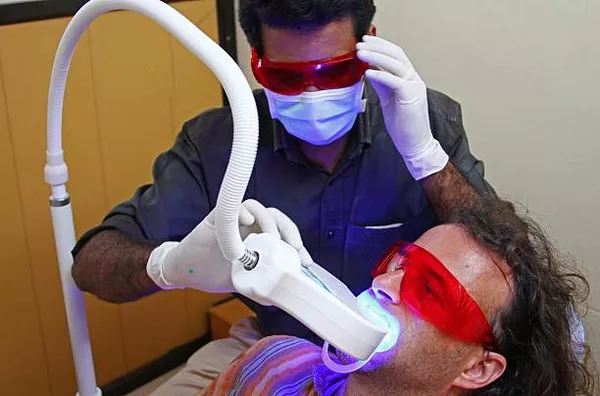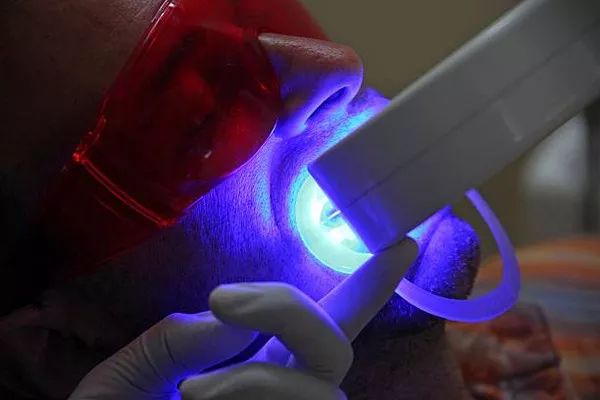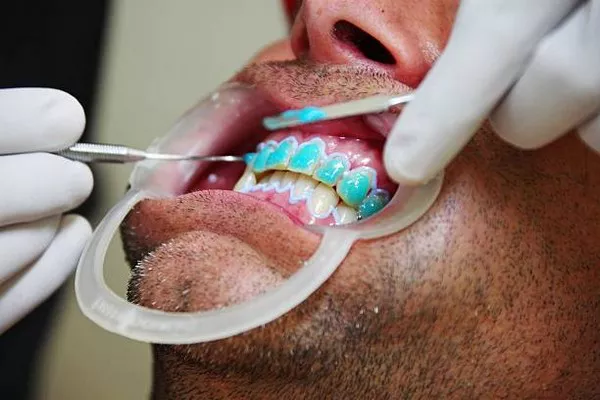Orthodontic therapy is an important area of dental care that focuses on the diagnosis, prevention, and treatment of dental irregularities such as crooked teeth, underbites, overbites, and misaligned jaws. Orthodontic therapists are specially trained professionals who work alongside orthodontists to provide high-quality care to patients.
In this article, we will explore the steps required to become an orthodontic therapist in greater detail. We will discuss the education and training requirements, licensing and certification, and job outlook for this profession.
Education and Training Requirements
To become an orthodontic therapist, individuals must complete a formal education and training program. The exact requirements may vary depending on the country or region in which the individual intends to practice.
In the United States, orthodontic therapy programs are typically offered through vocational schools, community colleges, or universities. These programs can range in length from one to two years and typically include both classroom instruction and clinical training.
Coursework in an orthodontic therapy program may include topics such as dental anatomy and physiology, orthodontic materials and equipment, patient care and communication, and orthodontic treatment planning and management. Clinical training may involve working with patients under the supervision of a licensed orthodontist, providing care such as taking impressions, fitting and adjusting braces, and monitoring patient progress.
Licensing and Certification
Once an individual has completed an orthodontic therapy program, they must obtain the appropriate licensure and certification to practice in their chosen profession. Licensing and certification requirements may vary depending on the country or state in which the individual intends to practice.
In the United States, most states require orthodontic therapists to become licensed by passing a written exam and demonstrating clinical competency. In addition, the American Board of Orthodontics offers certification for orthodontic assistants and therapists who have completed additional training and demonstrated a high level of knowledge and skill in the field.
Job Outlook
The job outlook for orthodontic therapists is generally positive, with the demand for these professionals expected to continue to grow in the coming years. According to the U.S. Bureau of Labor Statistics, employment of dental assistants (which includes orthodontic therapists) is projected to grow 20 percent from 2016 to 2026, much faster than the average for all occupations.
This growth is largely due to an increasing demand for dental services as the population ages and as more individuals seek out orthodontic treatments to improve their dental health and aesthetics. Additionally, as the field of dentistry continues to evolve and new technologies and techniques are developed, there will be a continued need for highly skilled orthodontic therapists.
Skills and Qualities
In addition to the education and training requirements, orthodontic therapists must possess a number of key skills and qualities to succeed in their profession. These may include:
Attention to detail: Orthodontic therapy requires precision and accuracy, so orthodontic therapists must have a keen eye for detail.
Good communication skills: Orthodontic therapists work closely with patients and orthodontists, so strong communication skills are essential.
Physical dexterity: Orthodontic therapy involves working with small tools and equipment in tight spaces, so orthodontic therapists must have good hand-eye coordination and dexterity.
Professionalism: Orthodontic therapists must maintain a high level of professionalism in all aspects of their work, including appearance, demeanor, and patient interactions.
Adaptability: Orthodontic therapy can be dynamic and fast-paced, so orthodontic therapists must be able to adapt to changing situations and handle multiple tasks simultaneously.
Conclusion
Becoming an orthodontic therapist requires dedication and commitment to education, training, and ongoing professional development. However, for those who possess the necessary skills and passion for the field, it can be a rewarding and fulfilling career path. By completing a formal education and training program, obtaining the appropriate licensure and certification, and developing key skills and qualities, individuals can prepare themselves for a successful career in orthodontic therapy.
Related Topics:






























